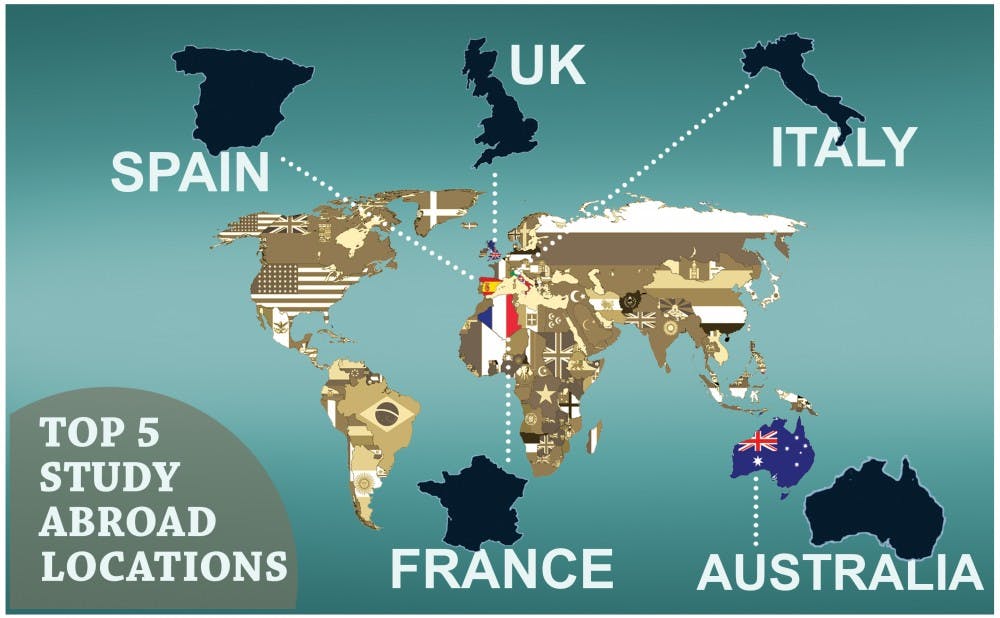Although Europe remains Duke's most popular study-away destination, an increasing number of students are choosing less traditional options.
Traditionally, most Duke students who choose to study abroad—slightly under 50 percent of each class—use the Fall or their junior year to study in Spain, the United Kingdom, Italy, France and Australia for the Fall of their junior year. But now, more students are opting for domestic programs and Spring study-abroad programs.
Approximately 50 percent of students who choose to study abroad choose to do so in the Fall, 40 percent do so in the Summer and 10 percent in the Spring, said Amanda Kelso, executive director of the Global Education Office.
“Students are recognizing that they should study abroad or study away when it makes sense for them to do it, and that it doesn’t always have to be in the fall semester,” Kelso wrote in an email Feb. 12.
Kelso noted that there have been an increasing number of students choosing semester-long domestic programs—which include locations in New York and Los Angeles.
She said students should take the same amount of care they took in choosing their university when deciding where to spend a semester away from Duke.
There are many factors that go into a student's decision where to study. Jackie Chipkin, a junior, said she chose to spend this fall studying in Argentina because she did not want to be tempted to travel to new countries every weekend as she felt she would have been in Europe.
"I stayed in Argentina for four months, and I think that pushed me to become more immersed in its language, culture and people," Chipkin said.
Others, however, focus on the academics of the programs they are considering participating in.
Jonathan Moran, a junior, said he chose the more popular Duke in Venice program for its high quality professorship and the desirability of its location. He noted, however, that by the end of the semester he did not feel immersed in Venice's culture.
"I think the lack of immersion is a problem not because of the Duke affiliation, but because of the lack of language requirement," Moran said. "If I had taken a bunch of Italian classes before going, I would have had a better time."
Students have the choice of a variety of programs, including ‘Duke-in’ programs, Duke-affiliated programs and non-Duke-approved programs that require the students to get their program and classes individually transferred.
The ‘Duke-in’ programs cost regular tuition plus a program fee, but other programs have variable costs, and in addition the student pays a study-abroad fee.
One advantage to non-Duke programs is the transfer credit, which does not fill requirements, but amounts towards the number of credits required to graduate as long as students pass the course.
Rob Beier, a junior who went to Australia, said choosing a non-Duke program made for a more relaxing environment.
“You don’t have to worry so much about your GPA,” Beier said.
Kelso wrote that there is a chance to learn much from a study-away experience.
“A semester away represents one-eighth of your Duke education—that’s significant, and the choice you make as to how to spend that semester could open doors to opportunities and perspectives you had not considered,” Kelso wrote. “In fact, it should open your eyes to new perspectives, it should make you think and feel differently. If it doesn’t, you might as well have stayed in Durham.”
Get The Chronicle straight to your inbox
Sign up for our weekly newsletter. Cancel at any time.

